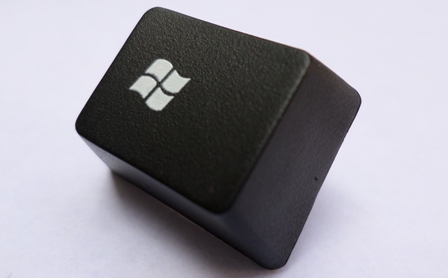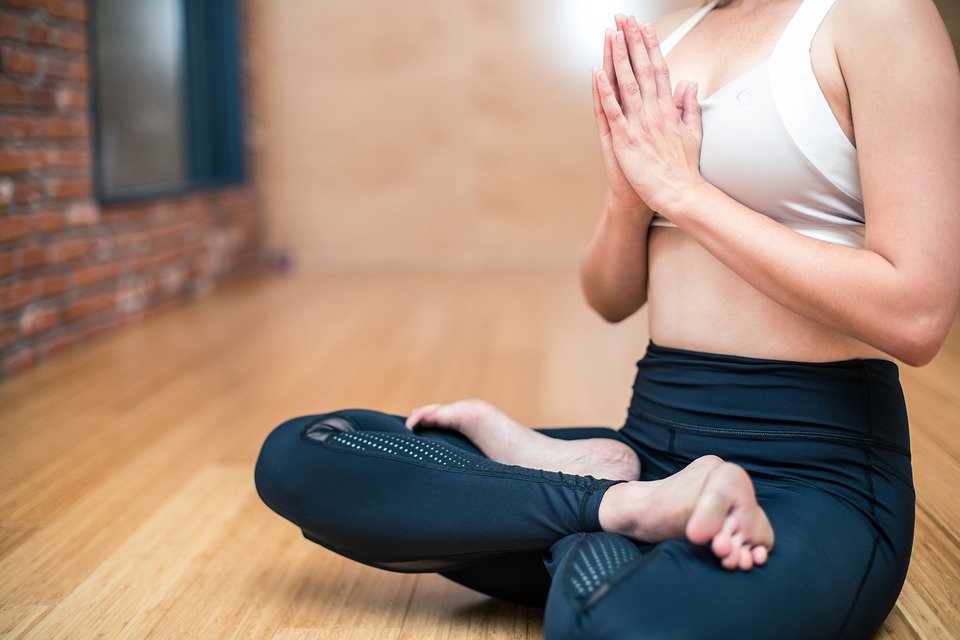Search Posts
Introduction to Pooja Room Vastu
The pooja room, or prayer room, is a sacred space in any home where spiritual practices such as meditation, prayer, and worship are performed. According to Vastu Shastra, an ancient Indian science of architecture, the pooja room is a powerful space that should be carefully designed to enhance spiritual energy and maintain a peaceful atmosphere. By following Vastu principles, the pooja room can become a conduit for positive vibrations and divine blessings.
Key Principles of Pooja Room Vastu
-
Ideal Location for the Pooja Room:
- The best location for a pooja room is the northeast corner of the house, known as the "Ishanya" corner, which is considered the most auspicious direction according to Vastu. This direction is believed to attract maximum positive energy.
- If the northeast is not feasible, the east or north directions are also suitable. Avoid placing the pooja room in the south, southwest, or directly below a staircase, as these areas are not conducive to spiritual activities.
-
Pooja Room Design and Layout:
- The pooja room should be square or rectangular in shape to maintain balance and harmony. Circular or irregular shapes should be avoided as they can cause disturbances in energy flow.
- The ceiling of the pooja room should be lower than the ceilings in other rooms to create a sense of intimacy and closeness to the divine.
-
Placement of Idols and Images:
- Idols and images of deities should be placed facing east or west, with the person praying facing east to receive the maximum positive energy. Avoid placing idols directly against the wall; maintain a small gap for free flow of energy.
- The idols should not exceed nine inches in height and should be placed at eye level or higher to show respect.
-
Storage and Organization:
- The pooja room should be kept clean and clutter-free at all times. Only essential items for worship should be stored in the room.
- Cabinets or storage units should be placed in the south or west corners of the pooja room to maintain balance and organization.
-
Colors and Décor:
- Use light and soothing colors like white, light yellow, or light blue for the walls of the pooja room. These colors promote a peaceful and spiritual atmosphere.
- Avoid dark or bright colors, which can cause distraction and disrupt the tranquility of the space.
-
Lighting and Ventilation:
- The pooja room should have ample natural light and proper ventilation to maintain freshness and a positive environment.
- Use soft, warm lighting like lamps or diyas (oil lamps) to create a serene and divine ambiance. Avoid harsh or fluorescent lights.
Common Pooja Room Vastu Defects and Remedies
-
Pooja Room in the Bedroom or Kitchen:
Remedy: Use a curtain to separate the pooja area from the rest of the room. Alternatively, place a wooden partition to create a distinct spiritual space. -
Idols Facing South or Placed Against a Wall:
Remedy: Reorient the idols to face east or west, maintaining a small gap between the idols and the wall to allow free flow of energy. -
Pooja Room Under a Staircase or Next to a Bathroom:
Remedy: Place a Vastu pyramid in the pooja room to reduce the negative impact of its location. Alternatively, consider relocating the pooja room to a more suitable area of the house. -
Dark or Cluttered Pooja Room:
Remedy: Regularly clean and declutter the pooja room. Use light-colored curtains and décor to enhance the positive energy. -
Pooja Room Facing the Main Entrance:
Remedy: Place a curtain or decorative screen to separate the pooja room from the entrance, maintaining the sanctity of the space.
Conclusion
Applying Vastu principles in the pooja room helps create a peaceful and spiritually uplifting environment that enhances meditation and prayer. With thoughtful design, proper placement, and mindful décor, the pooja room can become a powerful source of positive energy and divine blessings in your home.
Author : Dr. Varsha
You May Also Like
-
Read More
6 Principles Pooja Room Vastu: Complete Guide for a Divine and Harmonious Space
Introduction to Pooja Room Vastu The pooja room, or prayer room, is a sacred space in any home wher... -
Read More
8 Principle of School Vastu: Create a Positive and Productive Learning Environment
Introduction to School Vastu A school is a place of learning and development, where a conducive env... -
Read More
10 Vastu Tips for Room Placement and Size to Maximize Energy and Prosperity
Introduction: The Power of Room Placement and Size in Vastu ShastraIn Vastu Shastra, every room and ... -
Read More
10 Vastu Tips for Choosing the Right Home Size for Prosperity and Harmony
IntroductionChoosing the right size for your home is an important decision that can affect your well...
Leave a Comment
Popular Posts
- 5 Simple Vastu Remedies to Eliminate Negative Energy from Your Home
- How to Apply Vastu Shastra to a 20x40 Plot for Maximum Positive Energy
- 8 Vastu Principle for Software Company Office Vastu: Enhance Productivity and Create a Positive Work Environment
- Vastu Home Size: How Big or Small Should Your Home Be for Ideal Energy?
- Top 8 Applied Vastu Remedies for a Harmonious Home and Office"
- 7 Principles of Large Art Gallery Vastu: Design Tips for a Harmonious and Successful Space
Related Posts
- How to Create a Vastu-Friendly Master Plan for a Residential Colony
- South Facing House Vastu in Hindi
- Is Vastu Shastra Effective? Examining Its Impact on Life Issues in 5 Points
- Vastu for Room Structure: How the Layout of Your Home Affects Your Life
- Vastu Layout for a 35x60 Plot: Tips for Creating Balanced Spaces
- Perfect Vastu Layout for a 30x50 Plot: A Complete Guide for Home Builders





Comments